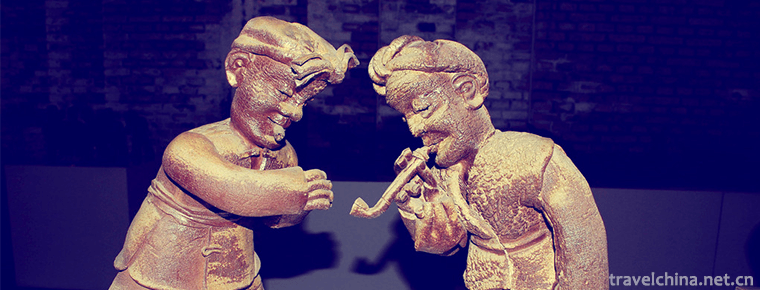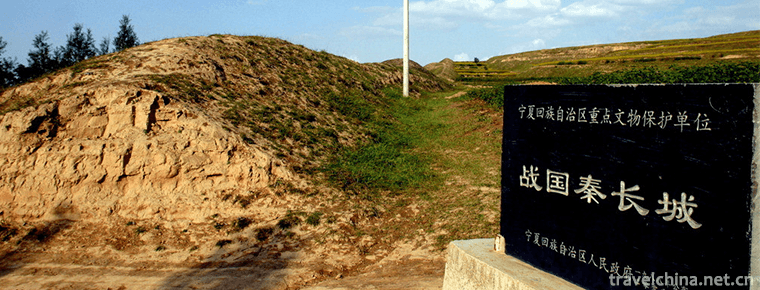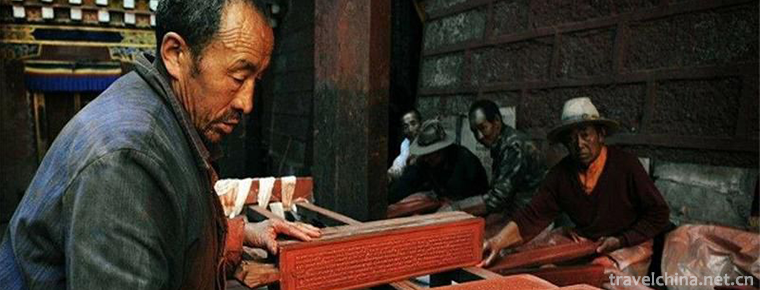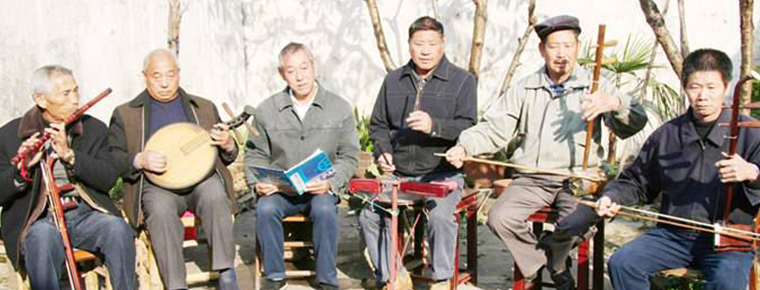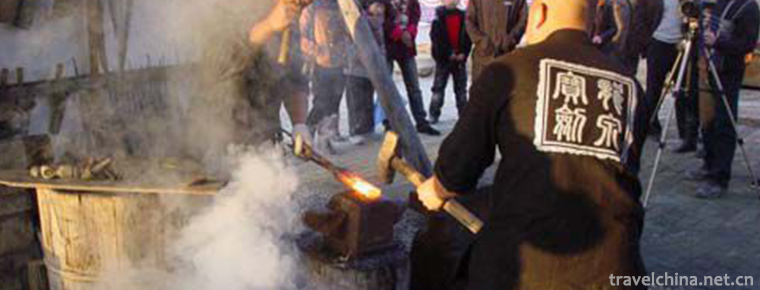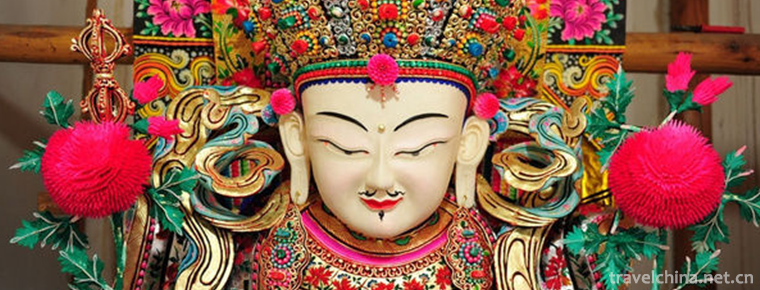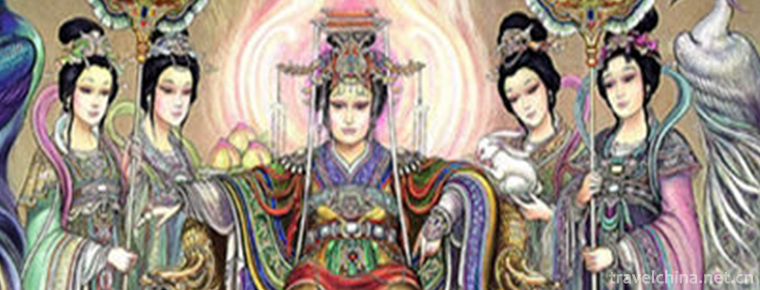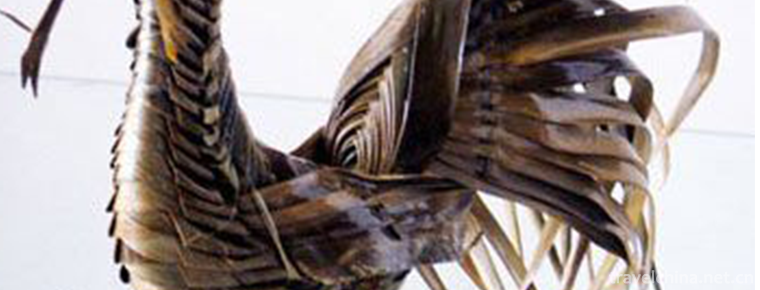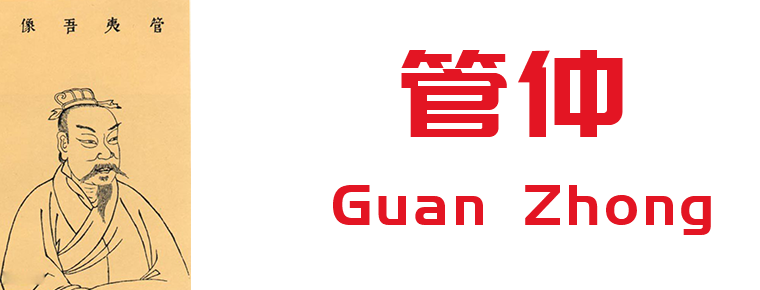Daocheng County
Daocheng county is located in the southwestern edge of Sichuan Province, south of Ganzi. Located in the southeast of the Qinghai Tibet Plateau, the eastern side of Hengduan Mountains. It belongs to the Tibetan Autonomous Prefecture of Ganzi. Daocheng County spans 27 58 29 30 North latitude, 99 56 100 36 East longitude, 174 km north and South longitude, 63 km east and West width, east to Jiulong County, West to Xiangcheng County, north to Litang County, south to Muli Tibetan Autonomous County, and southwest to Diqing Tibetan Autonomous Prefecture of Yunnan Province.
By the end of 2011, Daocheng County had an area of 7,323 square kilometers, covering 12 townships, 2 towns, 2 communities and 124 villages. At the end of 2011, the total population was 32,450, of which more than 96% were Tibetans. In addition, there were Han, Naxi, Hui and Yi nationalities.
In 2011, the total output value of agriculture, forestry, animal husbandry and fishery reached 173 million yuan in Daocheng County, an increase of 26.2% over 2010. The total planting area of the crops is 3560.13 hectares, and the sown area of grain crops is 3143.4 hectares.
In September 25, 2018, the Ministry of Commerce received the honorary title of "e-commerce in 2018 into the rural comprehensive demonstration county".
Daocheng, the ancient name "rice dam". Tibetan means the open valley valley. The Eastern Han Dynasty was the land of the White Wolf and Qiang, the Tang Dynasty was the Tubo, the Yuan Dynasty was the Tubo and other road consolation division, Ming was the Dogan Dusi, Qing was the Litang Tusi. Guangxu thirty-three years (AD 1911) formally approved the establishment of "rice Cheng county", belonging to Kangding Prefecture. "Xikang Tu Jing" records: "Guangxu 33 years, because of the trial planting rice here, so renamed Daocheng County, wish its success. In the twenty-eighth year of the Republic of China (1939), Xikang Province was established, renamed Daocheng County, Xikang Province is the fifth administrative supervision area. December 1950 belongs to Xikang Tibetan Autonomous Region. In 1955, it belonged to Xikang Tibetan Autonomous Prefecture. In 1955, it belonged to Ganzi Tibetan Autonomous Prefecture of Sichuan province.
In 2000, Daocheng County had 1 town and 13 townships: Jinzhu Town, Sangdui Township, Mother Town of the Province, Binhe Township, Salad Township, Julong Township, Deng Bo Township, Mula Township, Chitu Township, Riwa Township, Mengzi Township, Ka Township, Jiga Township, Russian Tooth Township.
In January 25, 2002, the village of renwa was renamed Shangri-La township.
In 2004, Daocheng county administer 1 towns and 13 townships.
On February 10, 2009, the Sichuan Provincial People's Government (No. 6 of Sichuan Civil Administration agreed to remove Shangri-La Township and build a town in Daocheng County. The Shangri-La Township was abolished and a new Shangri-La Town was built. The people's government of the town was stationed in the village of Bayong, and the former Shangri-La Township was under its jurisdiction.
Daocheng County is located in the southwestern edge of Sichuan Province, southwest of Ganzi Prefecture, in the southeastern Qinghai-Tibet Plateau, on the eastern side of the Hengduan Mountains. Daocheng County spans 27?58'-29?30', 99?56'-100?36', 174 km long in the north and 63 km wide in the East and west. East and Jiulong County, West and Xiangcheng County, North Litang County, South and Muli Tibetan Autonomous County, southwest and Yunnan Diqing Tibetan Autonomous Prefecture, an area of 7323 square kilometers.
There are more than 1000 woody plants in Daocheng County, mainly pine, cypress, Chinese fir and oak. The wild Chinese medicinal materials in Daocheng County include Cordyceps militaris, Fritillaria, Astragalus membranaceus, Rhubarb, Gentiana, Snow Lotus, Ganoderma lucidum and Rhodiola. There are 57 species of wild edible fungi. Due to the influence of the special geographical environment of the North-South trending of the mountains and the north-high-south lowland, the temperate flora, the subtropical flora and the Himalayan flora are gathered in Daocheng County.
There are 1118 species of vascular plants in about 121 families, 430 genera, 103 species of ferns in 20 families, 34 genera and 1015 species of seed plants in 101 families, 396 genera in Daocheng County. Among them, the endemic species are: cold-bracted, acute-pointed long-bracted fir, Sichuan-Yunnan cold-bracted, yellow fruit fir, Lijiang fir, oil-wheat suspense, big sequoia, dry cedar, Yunnan oil fir, dried winter melon, wood, order goose palm, flat-core wood, whipping hydrangea, bushes and weaves, Yunnan-Yunnan yellow Ling, celery, leopard flower, etc. There are 8 species of ERON, Bruce fir, Lijiang hemlock, peach seven, star anise, Sichuan peony, golden iron lock and so on.



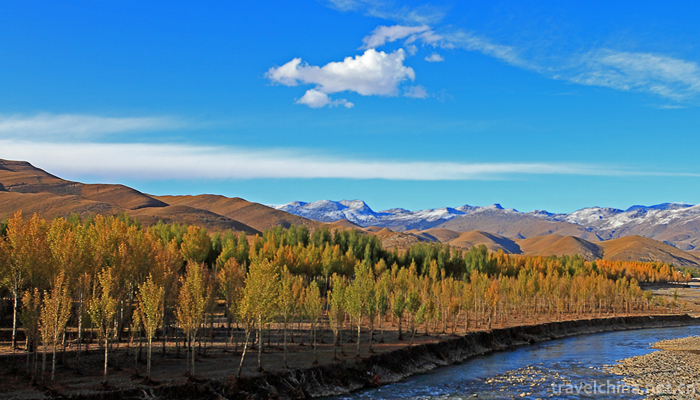

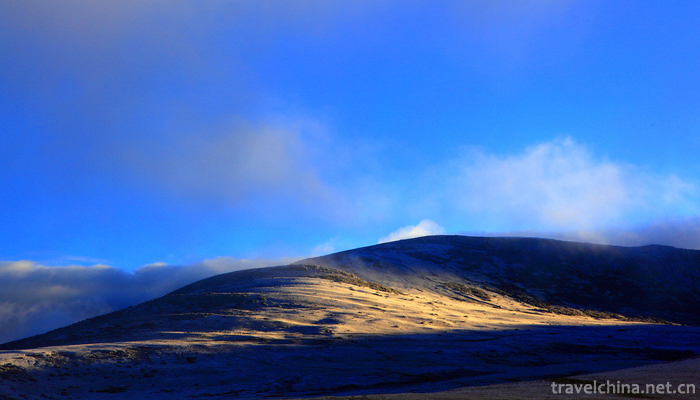




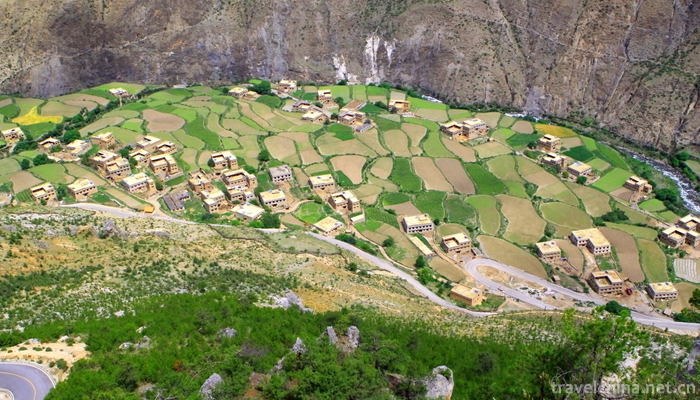








Daocheng County
-
Shuanglang
located in the northeast of Dali City and the northeast coast of Erhai Lake
Views: 272 Time 2018-10-17 -
Fuping Pottery Art Village
Pottery Village is located in the north of Fuping County. It relies on the site of Tang Dingzhou Kiln. It is a cultural and custom experience scenic spot consisting of a quasi-three-star hotel, three
Views: 172 Time 2019-01-12 -
The Great Wall Site of Qin Dynasty in Ningxia
The site of the Great Wall of King Zhao of Qin Dynasty was built in the twenty-fifth year of King Zhaoxiang of Qin Dynasty (272 BC). It was built to defend against the invasion of the Huns in the sout
Views: 144 Time 2019-02-07 -
Tibetan Engraving and Printing Techniques
Tibetan engraving and printing skills of Dege Printing Institute, local traditional handicraft skills of Dege County, Sichuan Province, and one of the national intangible cultural heritages.
Views: 375 Time 2019-04-05 -
Lanxi stall spring
Lanxi Spring Spring Spring Spring is an ancient form of sitting and singing art, which was formed and popular in Lanxi area in the Midwest of Zhejiang Province, Jinhua and Quzhou, and belongs to Nanci
Views: 165 Time 2019-05-10 -
Forging Skill of Longquan Sword
Longquan sword forging technology, the traditional arts and crafts of Longquan County, Zhejiang Province, is one of the national intangible cultural heritage.
Views: 157 Time 2019-05-14 -
Legend of Mencius Mother and Godson
Legend of Meng Mu and Godson, Zoucheng local traditional folk literature, Shandong Province, one of the national intangible cultural heritage.
Views: 188 Time 2019-06-04 -
Butter Flowers in Tar Temple
Butter flower originated from Benjiao religion in Tibet. It is a small decal on the food supply. According to traditional Indian Buddhist customs, the tributes offered to Buddhas and Bodhisattvas are
Views: 329 Time 2019-06-17 -
The Myth of West Queen Mother
Western Queen Mother is also known as "Queen Mother", "Golden Mother", "Old Mother of Yao Chi", "Golden Mother of Yao Chi", "Golden Mother of Xichi",
Views: 281 Time 2019-07-01 -
Health preservation in traditional Chinese medicine
Health preservation in traditional Chinese medicine refers to a kind of medical activity that can prolong life by taking care of life, strengthening physique and preventing diseases in various ways. H
Views: 258 Time 2019-08-03 -
New brown leaf weaving
Xinfang Brown edition is one of the traditional handicraft products in China. It has entered the third batch of national intangible cultural heritage list recommendation project list. It originated in
Views: 506 Time 2019-08-16 -
Guan Zhong
Guan Zhong (about 723 BC - 645 BC) Ji surname Guan Shi, name Yi Wu, character Zhong, posthumous title, Yingshang (now Yingshang County, Anhui) A famous economist, philosopher, statesman and strategist
Views: 220 Time 2019-09-07

